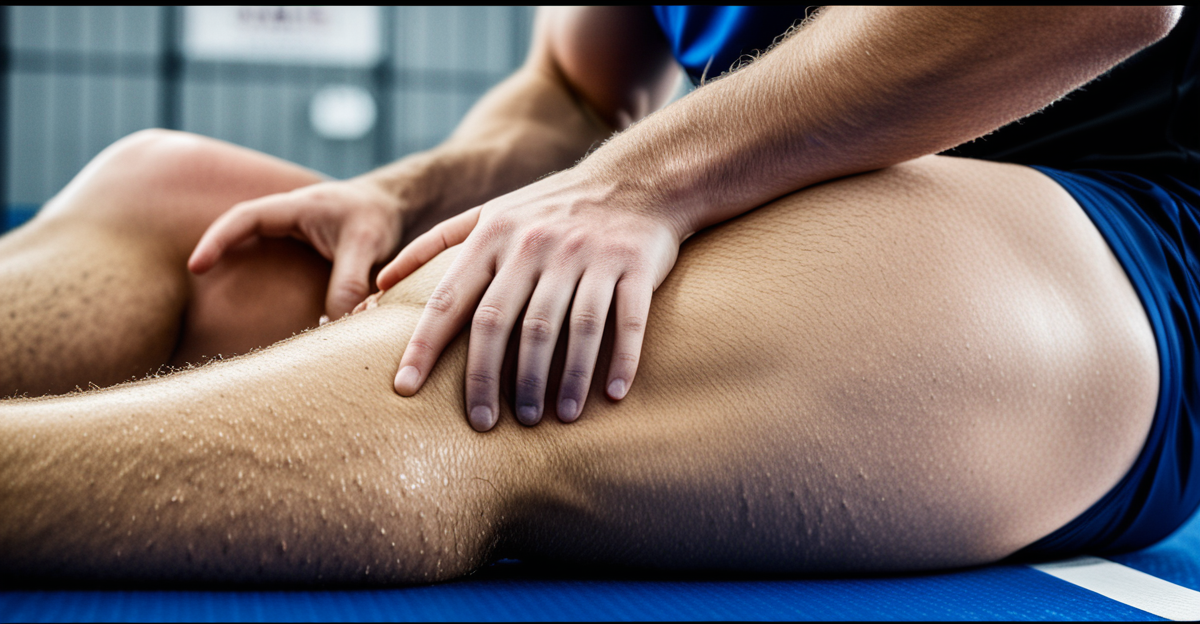UK Healthcare System for Sports Injury Management
Understanding the UK sports injury healthcare system involves recognizing the dual role of the NHS and private clinics in providing treatment. The NHS offers comprehensive sports injury treatment through a structured pathway starting with general practitioners (GPs), emergency departments (A&E), and onward specialist referrals. Athletes often first contact their GP, who performs the initial assessment and refers them to physiotherapists or orthopaedic specialists as needed. In urgent cases, A&E departments provide immediate care.
Standardised triage procedures under the NHS ensure injuries are prioritised accurately, directing patients towards appropriate care swiftly. Private injury clinics UK complement NHS services by offering quicker access to specialists, advanced imaging, and elective procedures, often preferred by those requiring expedited or tailored treatment options. Both sectors focus on accurate diagnosis and personalised management plans, critical for effective recovery.
Also to discover : How Has Football Culture Evolved in the UK Over the Decades?
Access pathways in the UK’s sports injury healthcare are designed to be clear and efficient, balancing demand between public and private services. For instance, athletes benefit from multidisciplinary teams collaborating in the NHS and private services to address complex injury profiles, ensuring treatment is comprehensive and continuous.
Treatment and Rehabilitation Protocols
In the UK sports injury treatment protocols, initial management of acute injuries typically involves rest, accurate imaging, and timely intervention. For example, an athlete suffering a ligament sprain may first undergo diagnostic imaging like MRI or ultrasound before receiving targeted treatment. This step ensures that NHS sports injury treatment is precise and tailored, reducing unnecessary delays.
Topic to read : What Are the Lessons in Sportsmanship from UK Athletes?
Rehabilitation programs UK focus heavily on sports physiotherapy and musculoskeletal care delivered by multidisciplinary teams. These teams often include physiotherapists, sports medicine doctors, and rehabilitation specialists working collaboratively to design customised rehabilitation plans. Such tailored approaches account for the athlete’s level, from amateur to professional, promoting optimal recovery.
Physiotherapy plays a central role in restoring function and preventing future injuries. Techniques incorporate strength training, flexibility exercises, and proprioceptive drills, all adjusted to an individual’s progress. The UK system emphasises ongoing assessment to refine rehabilitation programs UK, ensuring therapy evolves with the patient’s needs.
By combining early intervention with continuous rehabilitation, UK sports injury treatment protocols strive to shorten recovery times and facilitate safe return to sport. This integrated approach highlights the crucial balance between medical treatment and functional rehab critical to athlete care.
UK Healthcare System for Sports Injury Management
The UK sports injury healthcare system integrates NHS and private sector services to offer comprehensive care. Initial contact usually occurs through a GP, who performs an initial assessment before directing patients to appropriate services. If urgent care is necessary, A&E departments provide immediate treatment. After triage, referrals to specialists or physiotherapy are standard to ensure effective management.
Standardised triage processes in the NHS sports injury treatment framework prioritise cases based on severity. This ensures that athletes with serious injuries receive prompt attention, while less critical cases follow a structured pathway for specialist review. This systematic approach optimises resource use and speeds up recovery.
Private injury clinics UK complement NHS care by offering faster access to advanced diagnostics and elective treatments. These clinics often provide tailored rehabilitation options for athletes seeking expedited services or those outside NHS waiting times. The coordinated interface between NHS and private clinics ensures a balanced, patient-centred system that addresses diverse needs efficiently.
UK Healthcare System for Sports Injury Management
In the UK sports injury healthcare system, access typically starts with a general practitioner (GP) who conducts the initial assessment. If the injury requires immediate care, patients can be seen at A&E departments. Following assessment, the NHS sports injury treatment pathway includes standardised triage processes to prioritise cases by severity—this ensures urgent injuries receive swift attention while less critical cases enter scheduled specialist referrals or physiotherapy.
This structure enables effective coordination between NHS services and private injury clinics UK, which offer faster access to diagnostics and tailored treatment plans. Private clinics are particularly valuable for athletes requiring expedited care beyond NHS waiting times or seeking specialised elective procedures. Both NHS and private sectors use multidisciplinary teams to deliver personalised treatment approaches, enhancing recovery prospects.
Athletes benefit from clear, efficient access pathways that balance timely intervention with appropriate specialist involvement. The combination of GP assessments, urgent A&E support, and streamlined triage fosters a practical, patient-centred system designed for optimal management of sports injuries throughout the UK.
UK Healthcare System for Sports Injury Management
The UK sports injury healthcare system integrates both NHS and private sector support to ensure comprehensive management of sports injuries. The NHS sports injury treatment pathway typically begins with a general practitioner (GP) who performs an initial assessment. If the injury requires urgent attention, patients may be directed to A&E for immediate care. Following this, standardised triage processes help prioritise cases by severity, ensuring timely specialist referrals or physiotherapy appointments based on clinical need.
Access pathways are designed to streamline patient flow, allowing swift intervention for serious injuries while managing less critical cases efficiently. In parallel, private injury clinics UK provide valuable alternatives for those seeking faster access to diagnostics, advanced imaging, or elective treatments beyond NHS waiting times. These clinics often complement NHS efforts by delivering expedited care and tailored rehabilitation services.
Multidisciplinary teams within both NHS and private settings collaborate to offer personalised treatment plans focusing on accurate diagnosis and effective recovery. This coordinated approach enhances outcomes by balancing accessibility, expertise, and patient-centred care in the UK sports injury healthcare environment.




